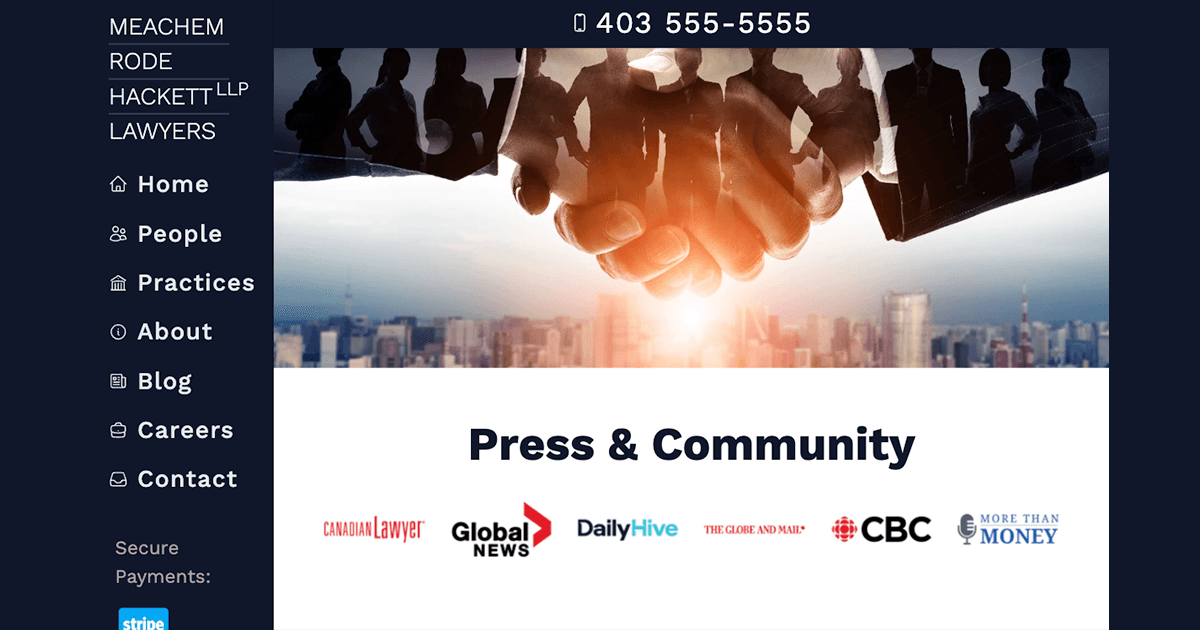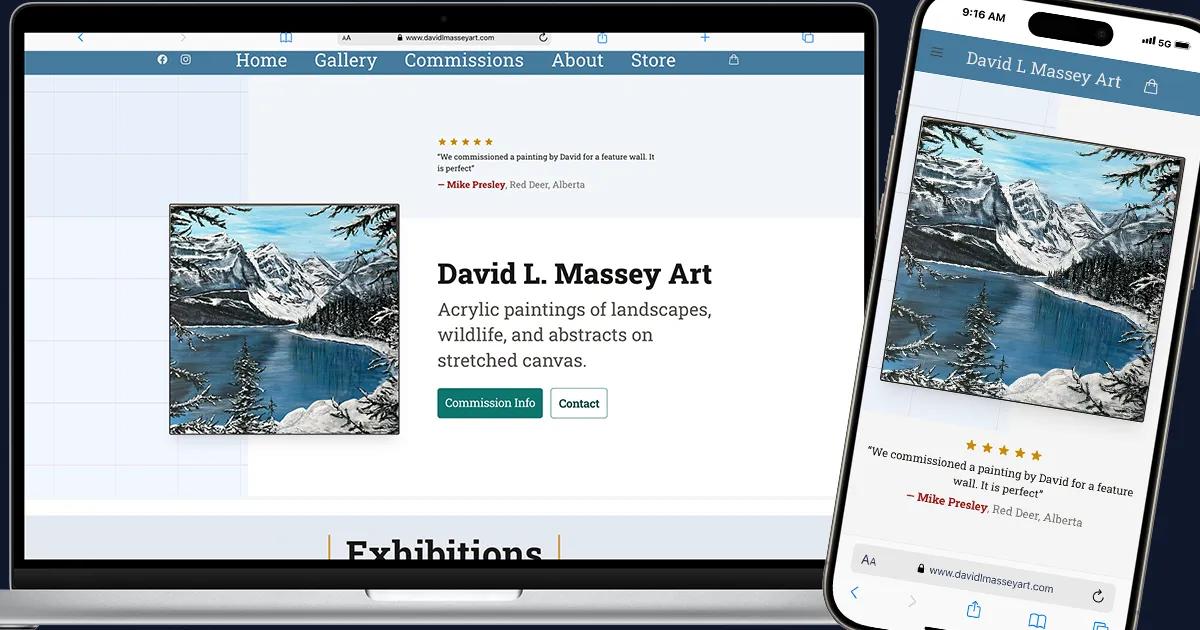
Expanding Your Websites Reach Through Brand Awareness
In today’s digital landscape, brand awareness is more critical than ever. With a multitude of brands vying for consumer attention, establishing a strong, recognizable presence can set your business apart. Your website is the heart of your brand, and as it grows, so does your brand’s reach and impact. By focusing on Google's EEAT (Expertise, Authoritativeness, Trustworthiness) principle and effectively leveraging user intent and keywords, you can significantly enhance your brand awareness.
Posted: June 14, 2024
Updated: September 07, 2025
Table Of Contents
Expanding Your Reach Through Brand Awareness
Introduction
In today’s digital landscape, brand awareness is more critical than ever. With a multitude of brands vying for consumer attention, establishing a strong, recognizable presence can set your business apart. Your website is the heart of your brand, and as it grows, so does your brand’s reach and impact. By focusing on Google's EEAT (Expertise, Authoritativeness, Trustworthiness) principle and effectively leveraging user intent and keywords, you can significantly enhance your brand awareness.
Free Website Strategy Sessions Available
Understanding Brand Awareness
What is Brand Awareness?
Brand awareness refers to how familiar your target audience is with your brand and how well they recognize it. This encompasses everything from recognizing your logo to associating your brand with specific products or services. High brand awareness means your brand is easily recognizable and often comes to mind when consumers think about your industry.
Why is Brand Awareness Important?
Brand awareness is crucial because it:
- Builds Trust: Consumers are more likely to trust and purchase from a brand they recognize.
- Generates Leads: A well-known brand can attract more potential customers.
- Increases Market Share: High brand awareness can position your brand as a leader in your industry.
The Role of Your Website in Building Brand Awareness
Your website is a powerful tool for building and expanding your brand awareness. It serves as the central hub for your online presence, where consumers can learn about your brand, explore your products or services, and engage with your content.
Key Elements of a Brand-Aware Website
To ensure your website effectively builds brand awareness, focus on the following elements:
- Consistent Branding: Your website should consistently reflect your brand’s visual and verbal identity, including logos, color schemes, fonts, and tone of voice.
- Engaging Content: High-quality, relevant content that addresses your audience’s needs and interests can keep visitors engaged and encourage them to return.
- User Experience (UX): A user-friendly website with intuitive navigation and fast loading times enhances the user experience and makes it easier for visitors to explore your brand.
Leveraging Google's EEAT Principle
What is EEAT?
EEAT stands for Expertise, Authoritativeness, and Trustworthiness. It is a set of guidelines used by Google to evaluate the quality of content and the credibility of websites. Adhering to EEAT principles can improve your website’s search engine rankings and boost brand awareness.
Expertise
Demonstrating expertise involves showcasing your knowledge and skills in your industry. This can be achieved by:
- Creating High-Quality Content: Publish well-researched, informative articles, blog posts, and whitepapers that provide value to your audience.
- Featuring Expert Contributors: Collaborate with industry experts to contribute content, boosting your credibility.
- Providing Detailed Information: Offer in-depth information about your products or services, demonstrating your expertise.
Authoritativeness
Authoritativeness is about establishing your brand as a go-to source in your industry. You can build authoritativeness by:
- Earning Backlinks: Encourage other reputable websites to link to your content, signaling to search engines that your site is a trusted source.
- Gaining Social Proof: Showcase testimonials, reviews, and case studies to demonstrate that others trust and value your brand.
- Participating in Industry Events: Engage in industry conferences, webinars, and panels to increase your visibility and authority.
Trustworthiness
Trustworthiness involves creating a safe and reliable experience for your visitors. You can enhance trustworthiness by:
- Securing Your Website: Use HTTPS to ensure a secure browsing experience.
- Being Transparent: Clearly display your contact information, privacy policy, and terms of service.
- Responding to Feedback: Actively engage with customer feedback and address any concerns promptly.
Aligning Content with User Intent
Understanding User Intent
User intent refers to the reason behind a user’s search query. Understanding and aligning your content with user intent can significantly enhance your brand awareness by providing users with exactly what they are looking for. There are four primary types of user intent:
- Informational Intent: The user is looking for information or answers to questions.
- Navigational Intent: The user is trying to find a specific website or page.
- Transactional Intent: The user is looking to make a purchase.
- Commercial Investigation Intent: The user is researching products or services before making a decision.
Creating Content for Different User Intents
To effectively align your content with user intent, consider the following strategies:
- Informational Content: Create blog posts, guides, and how-to articles that provide valuable information and answer common questions in your industry.
- Navigational Content: Optimize your website’s structure and navigation to ensure users can easily find the information they need.
- Transactional Content: Develop product pages, reviews, and comparisons that help users make informed purchasing decisions.
- Commercial Investigation Content: Offer case studies, testimonials, and detailed product information to assist users in their research process.
Optimizing for Keywords
Keyword Research
Keyword research is the process of identifying the terms and phrases your target audience is using to search for information related to your brand. Effective keyword research involves:
- Identifying Seed Keywords: Start with broad terms related to your industry.
- Analyzing Competitors: Examine the keywords your competitors are ranking for.
- Using Keyword Tools: Utilize tools like Google Keyword Planner, Ahrefs, or SEMrush to discover relevant keywords.
Incorporating Keywords into Your Content
Once you have identified your target keywords, integrate them into your content in a natural and meaningful way. Key areas to include keywords are:
- Titles and Headings: Use primary keywords in your titles and headings to signal the main topics of your content.
- Meta Descriptions: Incorporate keywords into your meta descriptions to improve click-through rates.
- Body Content: Naturally include keywords throughout your content to ensure it reads well and provides value to readers.
- Alt Text for Images: Use descriptive keywords in the alt text of your images to improve search engine visibility.
Measuring and Improving Brand Awareness
Key Metrics to Track
To gauge the effectiveness of your brand awareness efforts, monitor the following metrics:
- Website Traffic: Track the number of visitors to your website and identify trends over time.
- Social Media Engagement: Measure likes, shares, comments, and followers on your social media platforms.
- Brand Mentions: Use tools like Google Alerts or Mention to monitor when and where your brand is being mentioned online.
- Search Engine Rankings: Track your website’s rankings for target keywords.
Strategies for Improvement
To continuously improve your brand awareness, consider implementing these strategies:
- Content Marketing: Regularly publish high-quality, relevant content that resonates with your audience.
- Social Media Marketing: Engage with your audience on social media platforms by sharing valuable content and participating in conversations.
- Email Marketing: Build and maintain an email list to keep your audience informed about your brand’s latest news and offerings.
- Paid Advertising: Use pay-per-click (PPC) advertising to increase your brand’s visibility and attract more visitors to your website.
Conclusion
Building and expanding brand awareness is a multifaceted process that requires a strategic approach. By leveraging your website as the heart of your brand, adhering to Google’s EEAT principles, aligning content with user intent, and optimizing for keywords, you can significantly enhance your brand’s reach and impact. Regularly track your progress through key metrics and continuously refine your strategies to stay ahead in the competitive digital landscape. As your brand awareness grows, so will your ability to attract and retain loyal customers, ultimately driving your business’s success.
By following these guidelines, you can ensure that your brand stands out, resonates with your target audience, and achieves long-term growth.
More Blog Posts...
Speed matters, how tech has made websites faster and better in 2022
Centralizing your marketing efforts through a website marketing hub can be the key to unlocking maximum impact. Your website should serve as the central hub, seamlessly connecting all your marketing channels to create a unified and powerful marketing engine
A look at the making of artist David L Massey's website. The website features a storefront.
Your landing page is your brand’s first shot to grab attention and make an impression. It’s where web design and digital marketing join forces to create instant impact. With a smart, brand-aware design, you can turn curious visitors into loyal customers and fast-track your business growth. Make your landing page work harder!
Discover the best website design solutions for Red Deer small businesses and brands. Get a high-converting, attention-grabbing website that drives growth and puts your business in the spotlight.





